Kingdom Plantae Family Ranunculaceae Scientific name Anemone canadensis Rank Species | Order Ranunculales Genus Anemone Higher classification Anemone | |
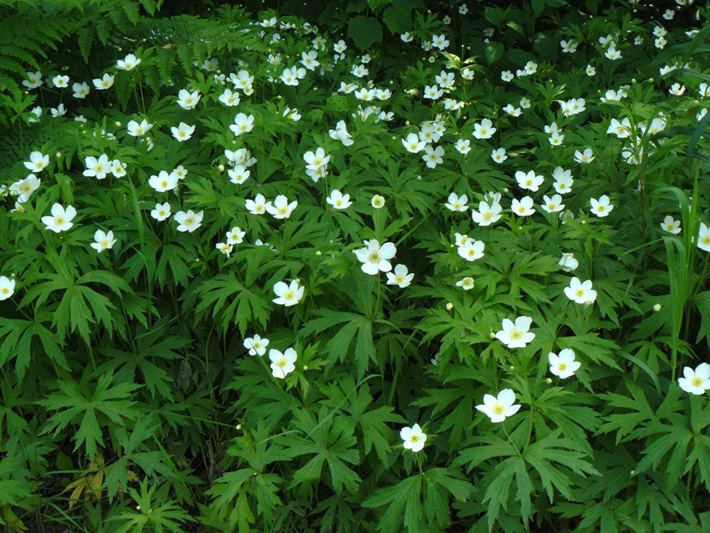 | ||
Similar Anemone, Anemone virginiana, Aquilegia canadensis, Anemone cylindrica, Anemone sylvestris | ||
Canada anemone anemone canadensis
Anemone canadensis (Canada anemone, round-headed anemone, meadow anemone, crowfoot) is a herbaceous perennial native to moist meadows, thickets, streambanks, and lakeshores in North America, spreading rapidly by underground rhizomes, valued for its white flowers.
Contents
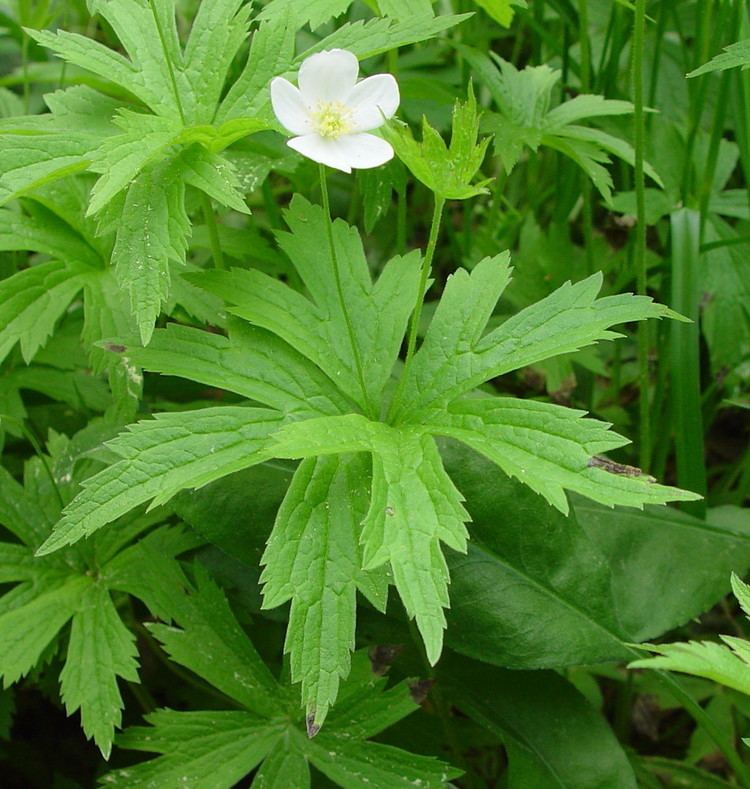
Description
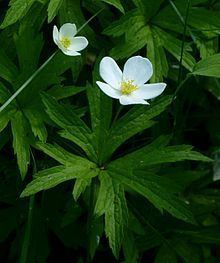
The Canada anemone has shoots with deeply divided and toothed basal leaves on 8–22 cm (3 1⁄4–8 3⁄4 inches). They grow from ascending caudices on long, thin rhizomes. The shoots are 20–80 cm (8–31 inches) tall, and leaves are 4–10 cm (1 1⁄2–4 inches) by 5–15 cm (2–6 inches).
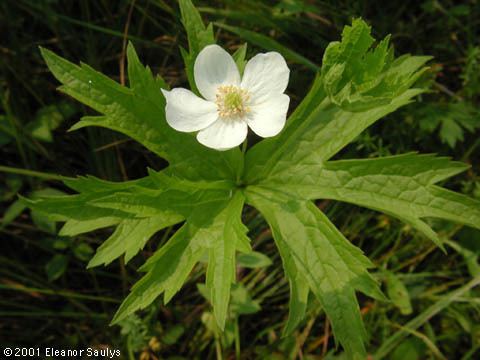
Flowers with about 5 white, petal-like sepals and 80-100 yellow stamens bloom from late spring to summer on stems above a cluster of leaves. The sepals are obovate (with the base slightly tapered) and 10–20 mm (1⁄2–3⁄4 inch) by 5–15 mm (1⁄4–5⁄8 inch).
When they are pollinated, the green pistils in the middle of the flower become a rounded to slightly lengthened seed head. The seeds are achenes, with an almost round body and a beak.
Uses
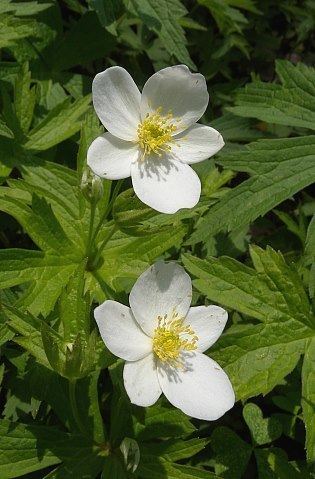
In former times it was used medically by North American Indigenous peoples as an astringent and as a styptic for wounds, sores, nosebleeds, and as an eyewash. The root was respected by Plains tribes and used for many ailments.
Toxicity
It is likely that most Anemones contain the caustic irritants of the Ranunculaceae family.
